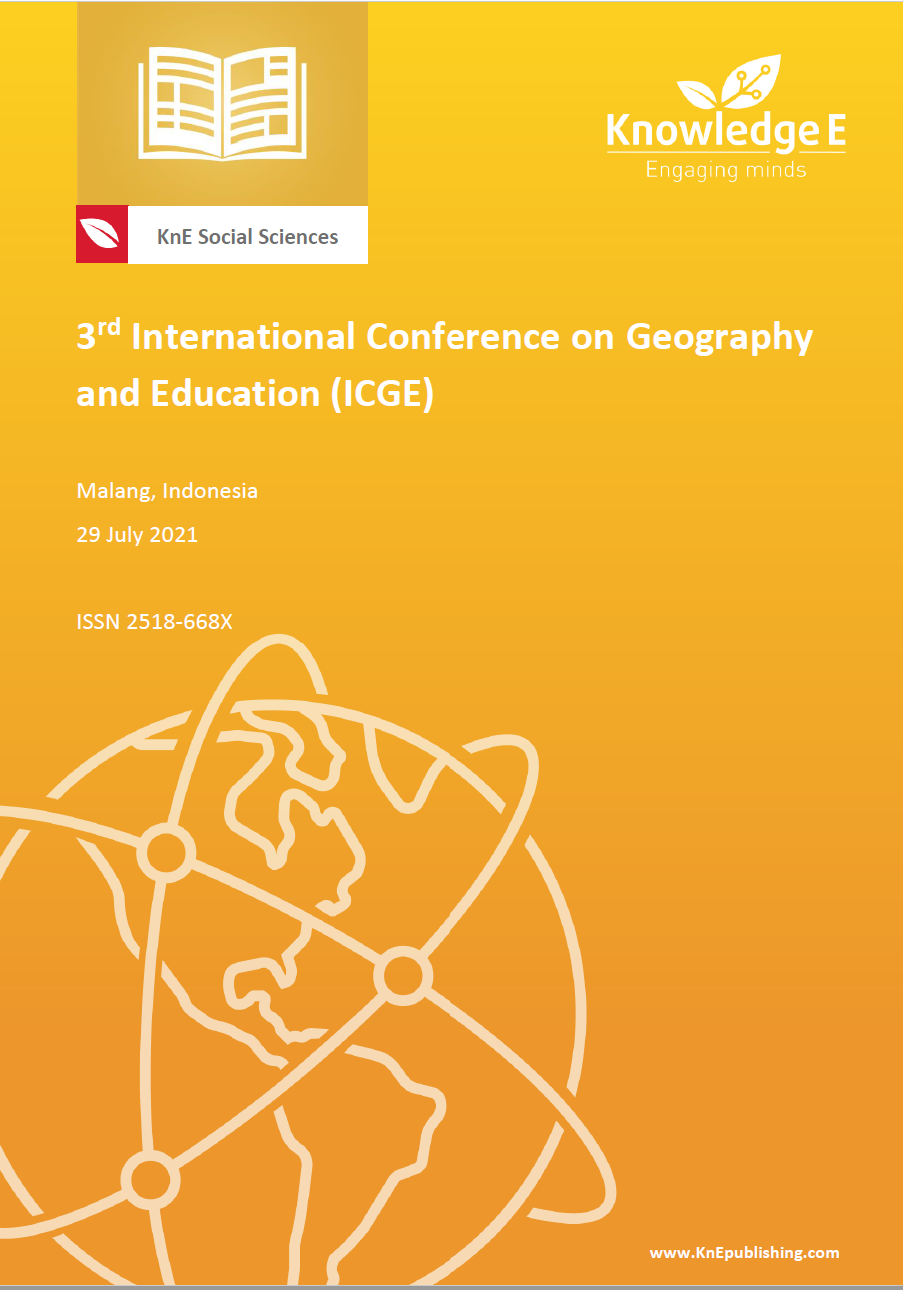Assessment of Urban Mapping Index Accuracy in Relation to Physical Land Characteristics in Humid Tropical Areas
DOI:
https://doi.org/10.18502/kss.v7i16.12188Abstract
Settlements and built-up areas can lead to the degradation of ecological systems. Good quality and efficient regional planning is therefore needed for urban areas. Spatial data and satellite imagery can be used for mapping and monitoring urban growth. Unfortunately, mapping urban areas can sometimes be difficult due to local variations, and different algorithms can provide varying results. Urban indices often rely on remote sensing reflectance, the accuracy of which can be influenced by land characteristics. No studies have examined the impact of land characteristics on the accuracy of remote sensing urban indices in the humid tropics. The purpose of this study was to compare urban and built area indices, namely EBBI, NDBI, UI, and IBI, in two climatically and topographically different cities. This study also examined the stability and relationship between these indices with environmental factors such as slope, elevation, and temperature. The results showed that EBBI was the index with the highest accuracy in both study areas: 85% for Batu City and 89.17% for Pasuruan City. Also, EBBI was the most stable index for the temporal studies. Environmental factors, especially slope and elevation, had a strong relationship with the index value applied. Therefore, these findings need to be considered in applying the index in areas that have topographical variations.
Keywords: built-up land, landsat, EBBI, NDBI, UI, IBI, topography
References
[2] Hai PM, Yamaguchi Y. Characterizing the urban growth from 1975 to 2003 of Hanoi city using remote sensing and a spatial metric. Forum Geografi.1996;31(2): 321-326.
[3] Bagan H, Yamagata Y. Landsat analysis of urban growth: How Tokyo became the world’s largest megacity during the last 40 years. Remote Sensing of Environment. 2012;127:210-222.
[4] Suarez-Rubio M, Lookingbill TR, Wainger LA. Modeling exurban development near Washington, DC, USA: Comparison of a pattern-based model and a spatially-explicit econometric model. Landscape Ecology. 2012;27(7):1045-1061.
[5] Kawamura M, Jayamana S, Tsujiko Y. Relation between social and environmental conditions in Colombo Sri Lanka and the urban index estimated by satellite remote sensing data. International Archives of Photogrammetry and Remote Sensing. 1996;31:321-326.
[6] Zha Y, Gao J, Ni S. Use of normalized difference built-up index in automatically mapping urban areas from TM imagery. International Journal of Remote Sensing. 2003;24(3):583-594.
[7] Xu H. A new index for delineating built up land features in satellite imagery. International Journal of Remote Sensing. 2008;29(14):4269-4276.
[8] Sekertekin A, Abdikan S, Marangoz AM. The acquisition of impervious surface area from LANDSAT 8 satellite sensor data using urban indices: A comparative analysis. Environmental Monitoring and Assessment. 2018;190(7):1-13
[9] As-Syakur AR, Adnyana I, Arthana IW, Nuarsa IW. Enhanced built-up and bareness index (EBBI) for mapping built-up and bare land in urban areas. Remote Sensing. 2012;4(10):2957-2970.
[10] Fawzi NI. Pemetaan emisivitas permukaan menggunakan indeks vegetasi. Majalah Ilmiah Globe. 2014;16(2):133-139.
[11] Matsushita B, Yang W, Chen J, Onda Y, Qiu G. Sensitivity of the enhanced vegetation index (EVI) and normalized difference vegetation index (NDVI) to topographic effects: A case study in high-density cypress forest. Sensors. 2007;7(11):2636-2651.
[12] Post DF, Fimbres A, Matthias AD et al. Predicting soil albedo from soil color and spectral reflectance data. Soil Science Society of America Journal. 2000;64(3):1027- 1034.
[13] Bradley D, Roth G. Adaptive thresholding using the integral image. Journal of Graphics Tools. 2007;12(2):13-21.
[14] Kohavi R, Provost F. Confusion matrix. Machine Learning. 1998;30(2-3):271-274.
[15] Viera AJ, Garrett JM. Understanding interobserver agreement: The kappa statistic. Family Medicine. 2005;37(5):360-363.
[16] Danoedoro P. Buku Baru: Pengantar Penginderaan Jauh Digital. Yogyakarta: Andi Publisher; 2012.
[17] He C, Shi P, Xie D, Zhao Y. Improving the normalized difference built-up index to map urban built-up areas using a semiautomatic segmentation approach. Remote Sensing Letters. 2010;1(4):213-221.
[18] Ghosh DK, Mandal AC, Majumder R, Patra P, Bhunia GS. Analysis for mapping of built-up area using remotely sensed indices – A case study of Rajarhat Block in Barasat Sadar Sub-Division in West Bengal (India). Journal of Landscape Ecology. 2018;11(2):67-76.

